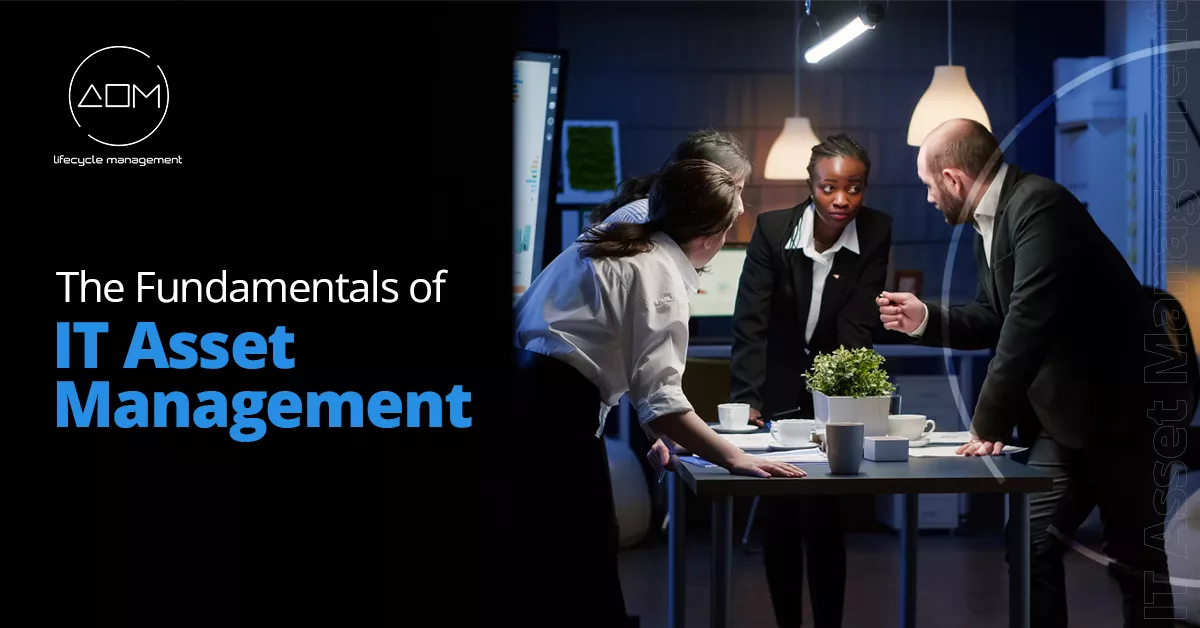In the digital era, businesses rely heavily on information technology (IT) assets to streamline operations and achieve their objectives. IT Asset Management (ITAM) is a crucial discipline that ensures organizations effectively manage, optimize, and maintain their IT assets throughout their lifecycle. By implementing robust ITAM practices, businesses can gain comprehensive visibility into their IT infrastructure, reduce costs, improve productivity, enhance security, and comply with regulatory requirements. This article will provide an in-depth understanding of IT Asset Management, its benefits, and best practices for successful implementation.
Understanding IT Asset Management:
IT Asset Management refers to the process of strategically acquiring, deploying, managing, and retiring IT assets within an organization. These assets encompass hardware (e.g., servers, computers, mobile devices), software (e.g., operating systems, applications), and even digital licenses. The main objectives of ITAM include maximizing asset value, optimizing resource allocation, mitigating risks, and maintaining compliance.
Benefits of IT Asset Management:
The benefits of IT Asset Management are:
a. Cost Optimization
ITAM enables organizations to track and manage their IT assets efficiently, avoiding unnecessary purchases, reducing downtime, and optimizing licensing costs. By identifying underutilized or redundant assets, businesses can make informed decisions to reallocate or retire them, resulting in significant cost savings.
b. Enhanced Productivity
Proper management of IT assets ensures that employees have access to the right tools and software, minimizing disruption and maximizing productivity. ITAM also enables efficient troubleshooting, quick replacement of faulty equipment, and timely updates to minimize downtime and maintain business continuity.
c. Improved Security
ITAM plays a crucial role in enhancing cybersecurity. By maintaining an inventory of IT assets, organizations can monitor vulnerabilities, apply necessary patches and updates, and enforce security policies across the infrastructure. ITAM also facilitates the identification and response to security incidents promptly.
d. Compliance and Risk Mitigation
ITAM assists organizations in adhering to licensing agreements, regulatory requirements, and industry standards. It ensures software licenses are up to date, avoiding legal complications and penalties. ITAM also helps manage warranty and support contracts, reducing risks associated with outdated or unsupported hardware or software.
Best Practices for IT Asset Management:
Here are some of the best practices for IT Asset Management:
- Asset Inventory
Establish a comprehensive inventory system to track all IT assets, including hardware, software, licenses, and related documentation. Regularly update and reconcile the inventory to ensure accuracy.
- Lifecycle Management
Implement processes to monitor the lifecycle of IT assets, from procurement to disposal. This includes planning for upgrades, regular maintenance, and timely retirement of obsolete or end-of-life assets.
- Documentation and Documentation
Maintain detailed records of asset information, including purchase dates, warranty information, licenses, and configurations. Document all changes, upgrades, and maintenance activities to facilitate effective asset management.
- Automation and Tools
Leverage ITAM tools and software to automate asset discovery, inventory management, and tracking. These tools provide real-time visibility, streamline workflows, and generate reports for informed decision-making.
- Governance and Compliance
Establish policies, procedures, and guidelines for IT asset management, ensuring alignment with industry standards and regulatory requirements. Conduct regular audits to maintain compliance and identify areas for improvement.
How can AOM Help?
AOM can help with total IT Lifecycle management from the point-of-sale/initial ship date through operations and then the retirement of the asset. AOM has made it easy to track your assets and more with our cloud-based portal, Epicenter. With our free portal, you can easily extend the life of your assets, make purchases and receive instant contact renewal quotes, all with minimal training.
Through Epicenter, clients receive:
- Asset Management
- License Management
- Contract Management
- Subscription Management
- Integrated Service Delivery
- Cloud-Based Global Access
- Instant Automated Quoting for Resellers & End Users
Wrapping Up
IT Asset Management is a critical discipline for organizations looking to optimize their IT infrastructure, reduce costs, improve productivity, enhance security, and comply with regulations. By implementing best practices and leveraging ITAM tools, businesses can gain comprehensive visibility into their IT assets and effectively manage them throughout their lifecycle. Embracing ITAM not only maximizes the value of IT investments but also ensures that organizations can adapt to evolving technologies and stay competitive in the digital landscape.

